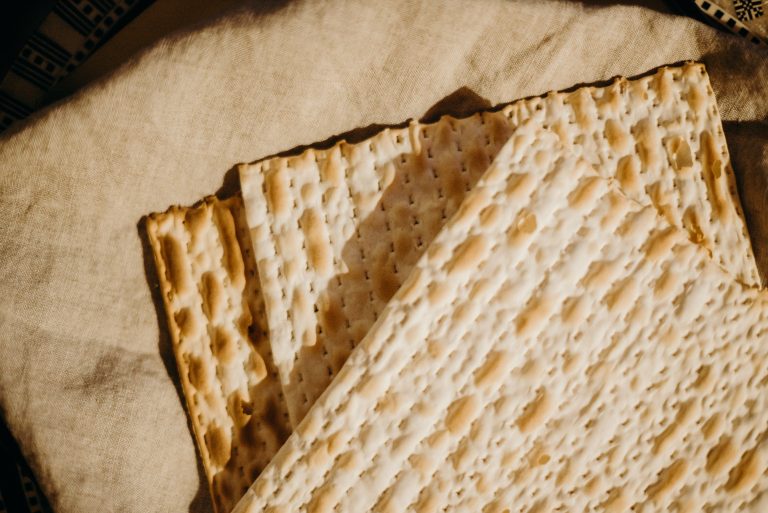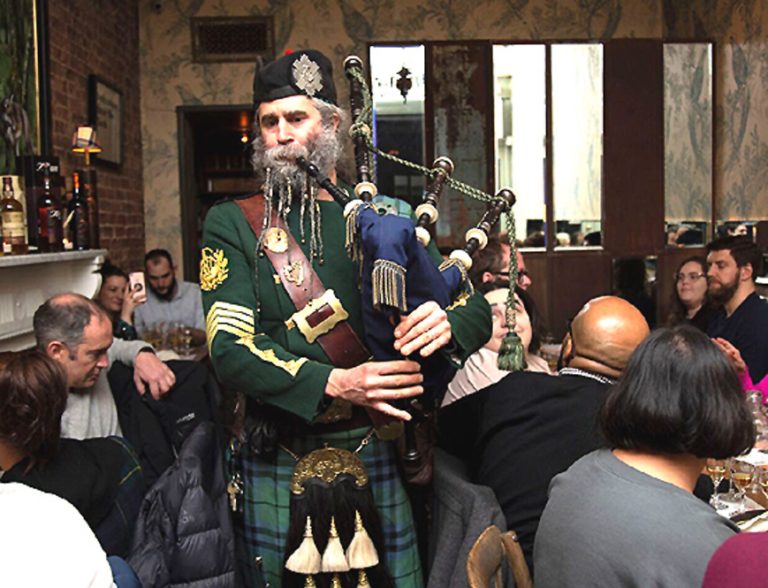Judaism dates back nearly 4,000 years. It is a monotheistic faith, as its followers believe in one God, who revealed himself through ancient prophets. Passover commemorates the liberation of Israelites from centuries of slavery in Egypt (the Exodus) in 1513 BC. As Jewish people around the world observe the week-long celebration of Passover, traditions are preserved with symbolic foods and storytelling. Understanding Passover involves history, faith and tradition rich with fascinating symbolism.
This moving holiday—based on the Hebrew calendar’s fourteenth day of the month of Nisan—began this year on Friday, April 16. While the holiday lasts seven days in Israel, the rest of the Jewish world observes eight days of Passover. The significance of Passover is denoted in its name, as the angel of death is said to have “passed over,” or “skipped” the houses of Israelites in a deadly plague through divine intervention.
Helpful vocabulary (transliterated from Hebrew)
Chametz refers to foods, mainly grains, that have been in contact with water long enough to ferment, or are otherwise leavened. They are forbidden during Passover in observance of the haste in which the Jews left Egypt, which did not allow time for bread to rise.
The Seder, literally translated as “order,” is a religious ceremonial meal conducted on the first two nights of Passover. Six symbolic foods make up the traditional Seder plate, and there are 15 parts to the service, which are performed in a specific order, according to the Haggadah.
The Haggadah is a religious text that is read, often in Hebrew, during Seder. It determines the order of the ritual and tells the story of the Exodus, an important event for all Jewish children to be familiar with.
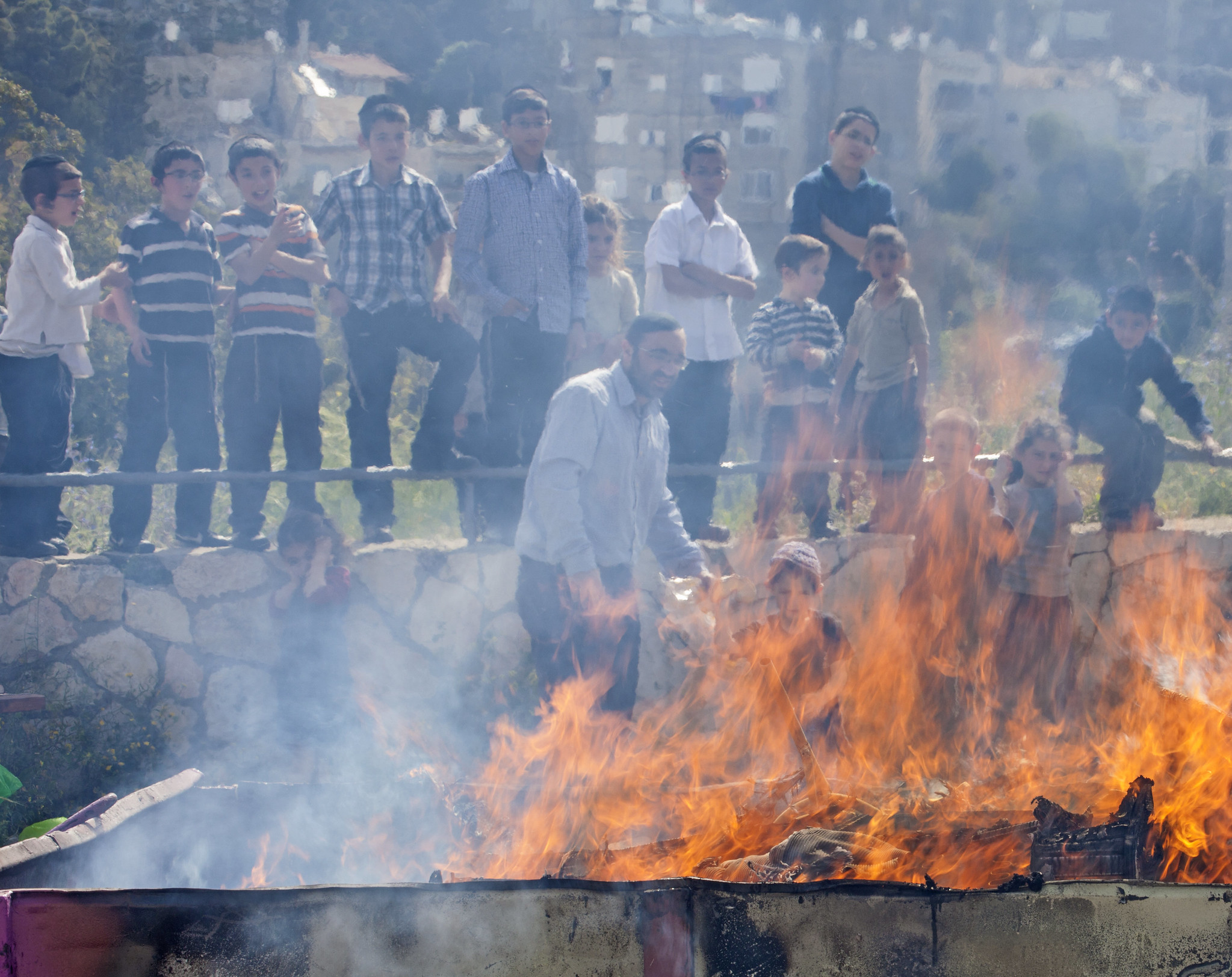
Success
You are now signed up for our newsletter
Success
Check your email to complete sign up
Mitzvah is a commandment, or precept; or a deed performed to fulfill such a commandment. There are hundreds of divine commandments, including resting on the seventh day, not eating pork, and having children. In common usage, mitzvah can also mean doing a good deed, or the state of togetherness.
Maror stems from the root “mar,” meaning bitter, and is symbolic of the taste of slavery. Vegetables in the lettuce family, like endive, chicory, dandelion and romaine lettuce, as well as horseradish are commonly found on a Seder plate to recall the bitterness of slavery that ended with Passover.
Matza, or matzoh, represents the taste of freedom. It is unleavened bread, made of only flour and water. The dough is baked within 18 minutes, before any fermentation, or rising, takes place. To ensure that the ingredients remain pure and no fermentation takes place, it is carefully guarded at every stage until it is eaten during Passover.
While it may seem paradoxical that such a basic food should represent freedom; spiritually, when one’s needs are simple and minimal, one’s heart is free from attachments and able to follow a righteous path.
Pesach is interchangeable with Passover as the holiday name. It can be translated not only as “pass over,” or “skip,” but also “to protect;” since the passing over of their houses was, in effect, their protection. The word can also refer to the paschal lamb, a sacrifice required by God that led to freedom from slavery, represented at Seder by an unbroken, roasted shankbone.
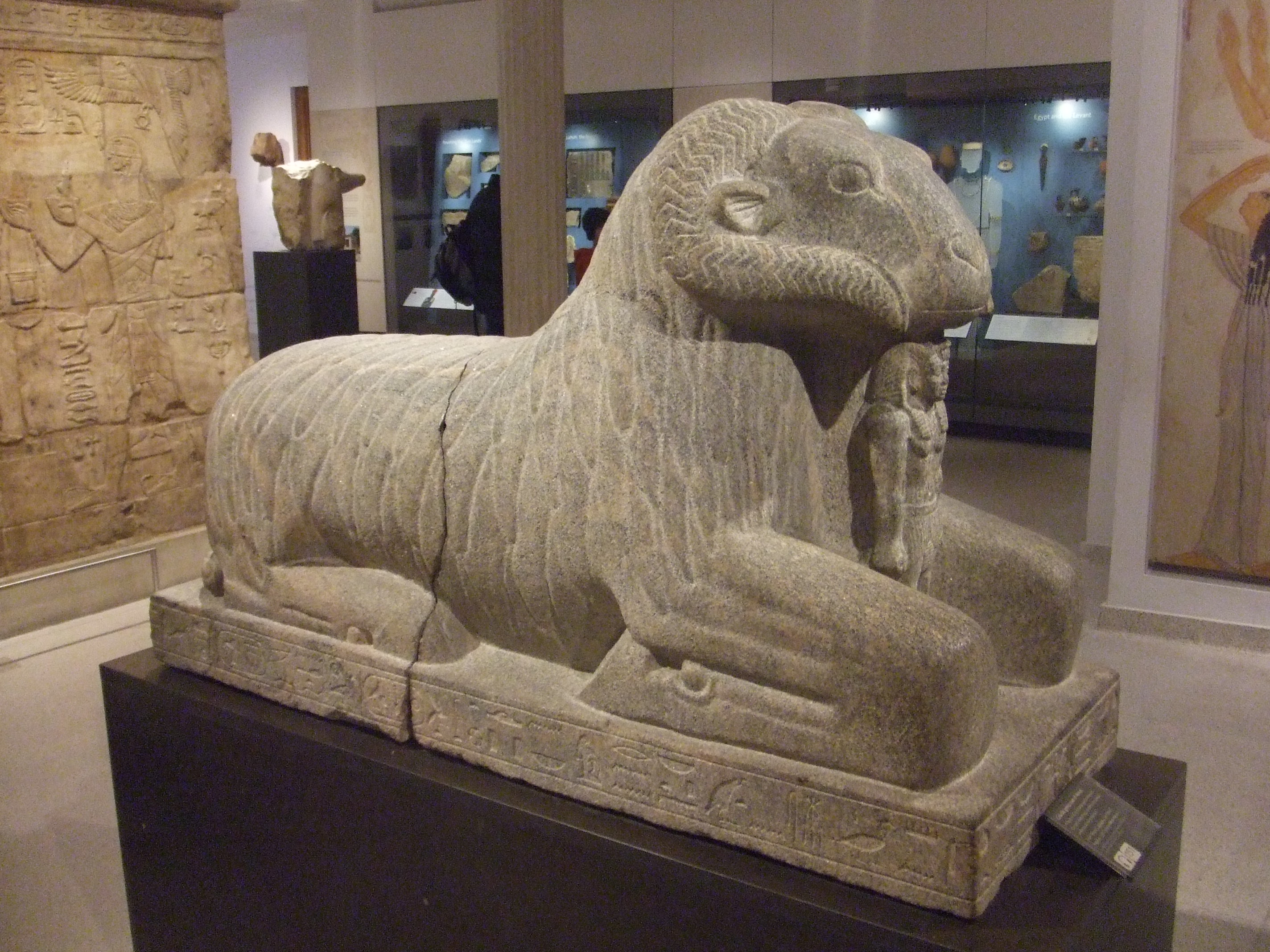
Significance of the sacrificial lamb
According to the story of Exodus, Israelites were instructed by God on the 10th of Nisan to roast a lamb on the eve of their redemption from slavery (the 14th of Nisan). It was to be eaten quickly and completely by morning, accompanied by unleavened bread and bitter herbs. Blood of the lamb was to mark the doorpost to protect the household from a plague that would take the firstborn of other families.
In Egypt, where the Jews were enslaved, animals were worshiped and believed to possess divine powers. Egyptians held the ram sacred, as it carried the power of procreation. To take an animal that was sacred to their masters, and eat it, was a serious test of faith.
Israelites had been integrated into Egyptian society for many generations, and there were weighty superstitions and fears that had to be overcome to embrace this challenge. By making the sacrifice, the Jews proved their psychological freedom from the idol worship of the Egyptians, which paved the way for their physical liberation.
The story of Passover
In brief, the story of Passover begins over three thousand years ago, with a haughty pharaoh who oppressed the Jewish people in Egypt. His oracles had warned him that a Jewish boy would come to overturn the empire and lead his people to freedom. In an attempt to evade the prophecy, the pharaoh set many wicked decrees against the Israelites, including throwing baby boys into the Nile.
One baby was hidden by his mother until he was three months old, and then sent down the river in a basket. His aunt watched as the boy was discovered by the princess, the pharaoh’s own daughter, who named him Moses and raised him in the royal family.
Moses could never stand to see the suffering of the Jewish people. After the miraculous death of an Egyptian who Moses witnessed beating a Jewish slave to death, he fled to Midian, where, some years later, another miracle occurred. Moses heard the voice of God, “Go down to Egypt and tell Pharaoh to let My people go!”
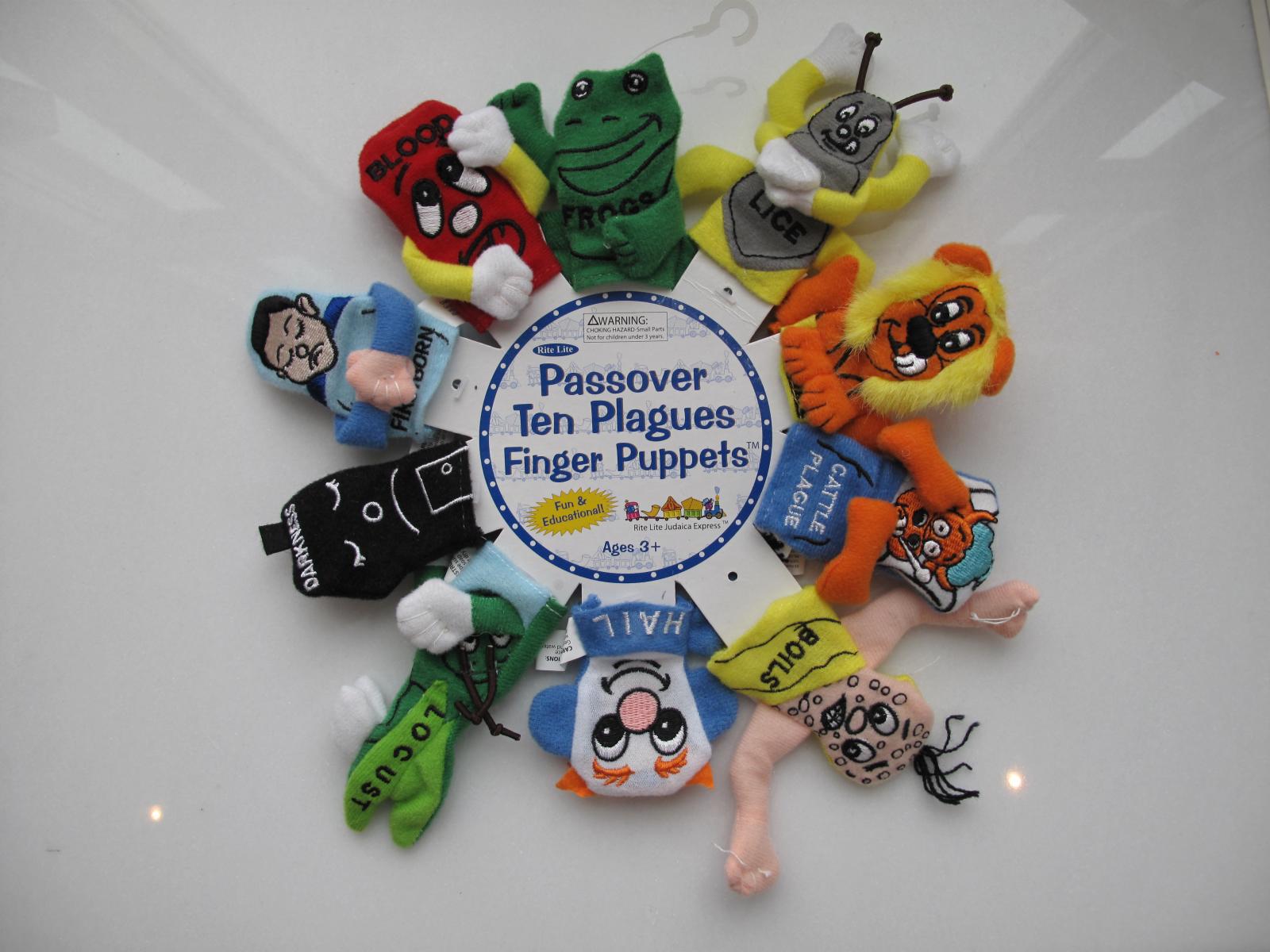
Moses went with his brother Aaron to deliver the message, but the pharaoh just laughed and said he did not know the Lord and would not listen to Him, even though they warned him of ten terrible plagues that would result from his disobedience.
One plague after another struck Egypt, to challenge the false Egyptian gods. The first turned the Nile into blood, to call out Hapi, the god of the Nile. The second sent hordes of frogs from the Nile swarming over the land, calling out Heqet, the frog-headed goddess of fertility. Then there were lice, flies, pestilence, boils, and so on, until the tenth plague that came to take the first born child.
The plagues affected only the Egyptians, while the Israelites were unharmed. Finally, with the tenth plague, the pharaoh had had enough. He searched out Moses and told him to leave, “And take all the Jews with you!” he yelled.
Moses led the Jewish people out of Egypt at once, walking until they reached the sea. With the angry Egyptian army chasing after them, they were trapped; but another miracle occurred—Moses split the sea so they were able to walk across dry land. When the army reached the sea, the water crashed down around them as the Jews were freed from slavery.
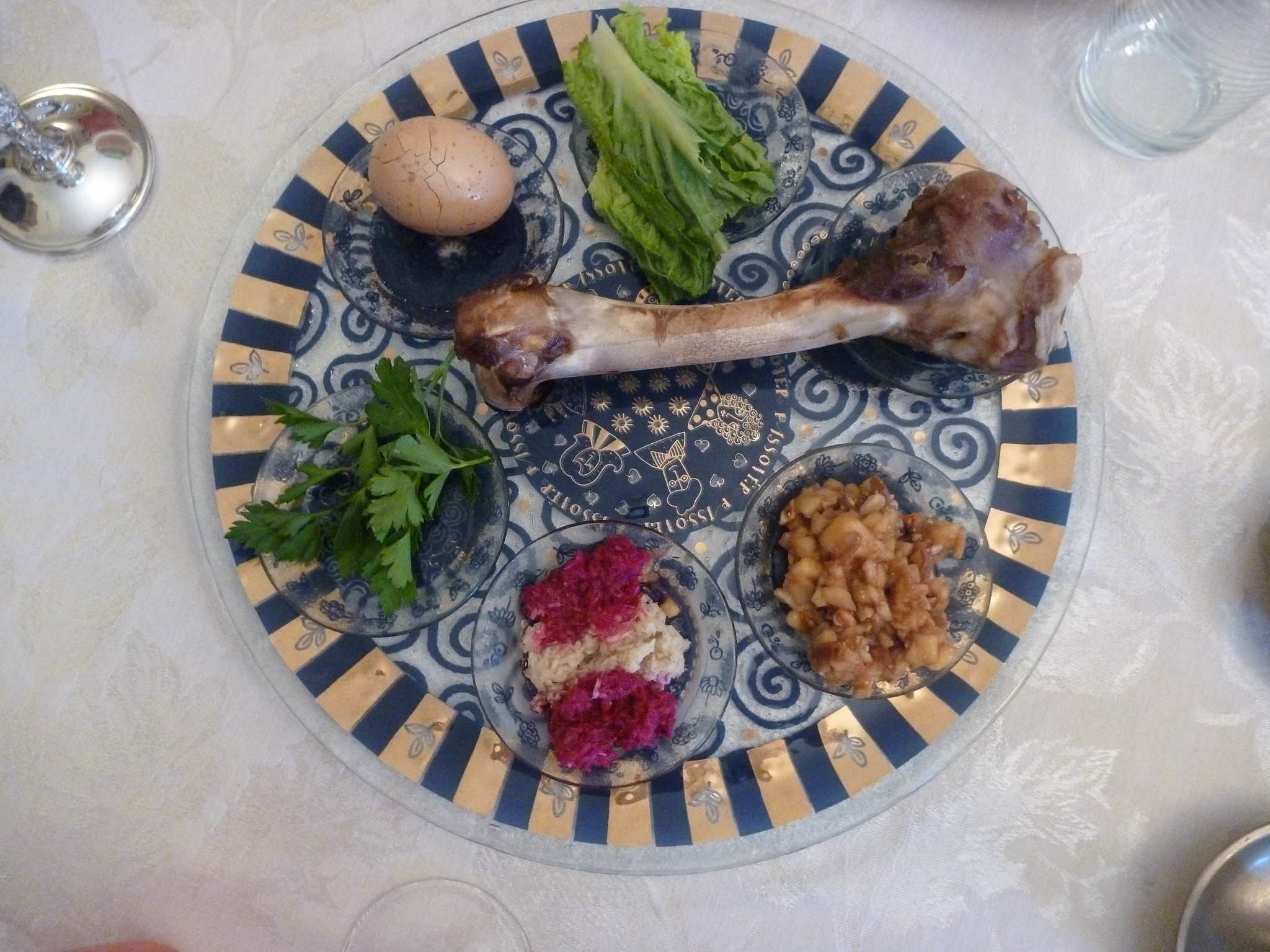
Passover preparations and customs
Before Passover begins, families do a thorough cleaning of their homes, searching for any chametz, all the way down to fragments such as bread crumbs, which are to be burned. Associate professor of Jewish and Israel Studies at Columbia University Clémence Boulouque regards these forbidden foods as symbolic of a “comfortable life…It’s something that you want to take out of your daily life as a reminder of the toll it took to be slaves and to get out of Egypt,” she said.
The first two nights of Passover feature a traditional Seder dinner, with storytelling and six symbolic foods, including the three mentioned above: shank bone, representing the Passover lamb; bitter herbs, to represent the bitterness of slavery; and matzah, symbolic of the haste in which Israelites escaped to freedom.
The other three symbolic foods present at Seder are hard boiled eggs, to represent both spring and the circle of life; an applesauce-like mixture of apples, pears, nuts and wine called “haroset,” which represents the mortar and toil from the days of slavery; and parsley with salt and vinegar, or “karpas,”which symbolizes the pain and tears of slavery.
The avoidance of chametz is observed for the remainder of the holiday, and the seventh day commemorates Moses’ parting of the Red Sea.

Jews of Maghrebi heritage, residing mainly in Morocco, Israel, France and Canada, celebrate the end of Passover with a feast called Mimouna, which incorporates the foods forbidden during holiday.



